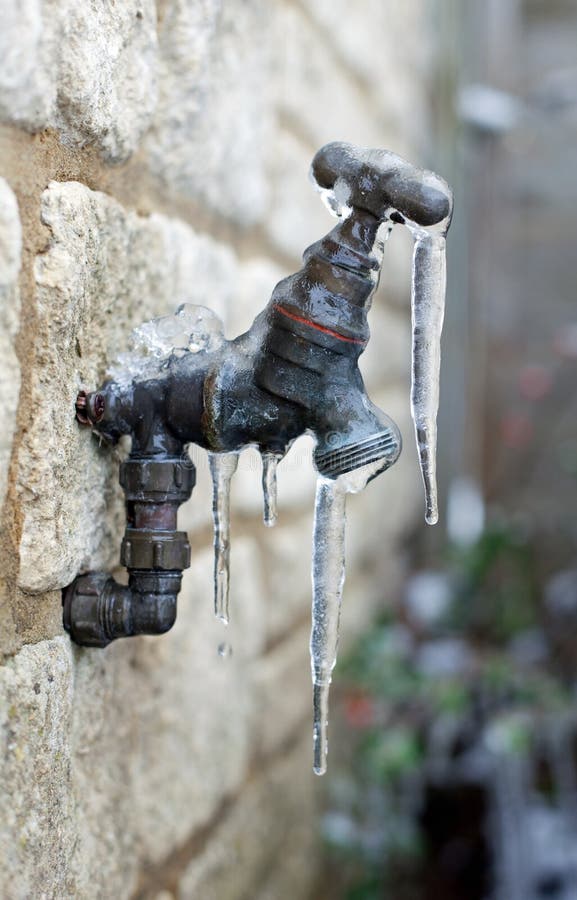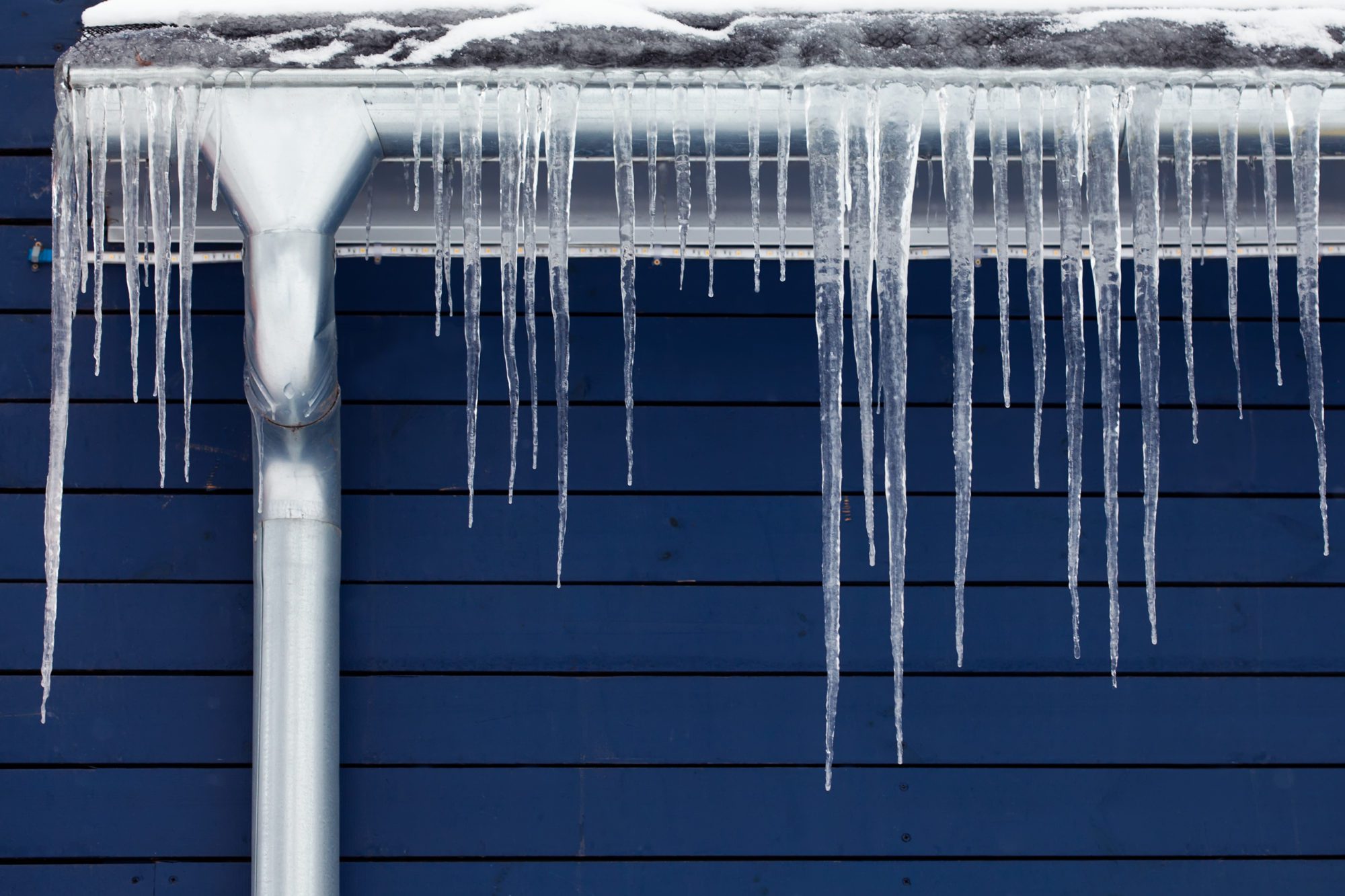Do you find yourself looking for answers about Preventing and dealing with frozen pipes?

Cold weather can ruin your pipes, particularly by freezing pipelines. Right here's how to stop it from occurring and what to do if it does.
Intro
As temperatures decline, the danger of icy pipes increases, possibly resulting in pricey repairs and water damages. Recognizing how to avoid icy pipes is vital for house owners in cool climates.
Understanding Frozen Pipelines
What causes pipelines to freeze?
Pipelines ice up when subjected to temperatures below 32 ° F (0 ° C) for extended durations. As water inside the pipelines freezes, it broadens, putting pressure on the pipeline wall surfaces and possibly causing them to rupture.
Dangers and problems
Icy pipes can result in water system interruptions, building damages, and costly repairs. Burst pipelines can flooding homes and trigger extensive architectural damages.
Signs of Frozen Pipes
Recognizing frozen pipes early can avoid them from bursting.
Just how to recognize frozen pipelines
Search for decreased water flow from taps, unusual odors or noises from pipes, and noticeable frost on exposed pipelines.
Prevention Tips
Protecting susceptible pipelines
Cover pipelines in insulation sleeves or utilize warm tape to protect them from freezing temperatures. Concentrate on pipes in unheated or outside locations of the home.
Heating methods
Maintain indoor spaces appropriately warmed, especially areas with plumbing. Open cabinet doors to enable warm air to distribute around pipes under sinks.
Shielding Exterior Plumbing
Garden pipes and exterior taps
Disconnect and drain pipes garden hoses prior to wintertime. Install frost-proof faucets or cover outdoor taps with insulated caps.
What to Do If Your Pipelines Freeze
Immediate activities to take
If you think icy pipes, maintain faucets available to alleviate stress as the ice melts. Utilize a hairdryer or towels taken in hot water to thaw pipelines slowly.
Long-Term Solutions
Structural adjustments
Take into consideration rerouting pipelines away from outside walls or unheated areas. Add additional insulation to attics, cellars, and crawl spaces.
Upgrading insulation
Buy top quality insulation for pipes, attics, and wall surfaces. Proper insulation aids maintain consistent temperature levels and minimizes the threat of icy pipes.
Verdict
Avoiding icy pipes needs positive measures and fast reactions. By comprehending the causes, indications, and preventive measures, homeowners can safeguard their plumbing throughout winter.
5 Ways to Prevent Frozen Pipes
Drain Outdoor Faucets and Disconnect Hoses
First, close the shut-off valve that controls the flow of water in the pipe to your outdoor faucet. Then, head outside to disconnect and drain your hose and open the outdoor faucet to allow the water to completely drain out of the line. Turn off the faucet when done. Finally, head back to the shut-off valve and drain the remaining water inside the pipe into a bucket or container. Additionally, if you have a home irrigation system, you should consider hiring an expert to clear the system of water each year.
Insulate Pipes
One of the best and most cost-effective methods for preventing frozen water pipes is to wrap your pipes with insulation. This is especially important for areas in your home that aren’t exposed to heat, such as an attic. We suggest using foam sleeves, which can typically be found at your local hardware store.
Keep Heat Running at 65
Your pipes are located inside your walls, and the temperature there is much colder than the rest of the house. To prevent your pipes from freezing, The Insurance Information Institute suggests that you keep your home heated to at least 65 degrees, even when traveling. You may want to invest in smart devices that can keep an eye on the temperature in your home while you’re away.
Leave Water Dripping
Moving water — even a small trickle — can prevent ice from forming inside your pipes. When freezing temps are imminent, start a drip of water from all faucets that serve exposed pipes. Leaving a few faucets running will also help relieve pressure inside the pipes and help prevent a rupture if the water inside freezes.
Open Cupboard Doors
Warm your kitchen and bathroom pipes by opening cupboards and vanities. You should also leave your interior doors ajar to help warm air circulate evenly throughout your home.

We are very enthusiastic about Helpful Tips to Prevent Frozen Pipes this Winter and I am assuming you appreciated the entire article. Sharing is good. Helping people is fun. We enjoy reading our article about Preventing and dealing with frozen pipes.
This Page